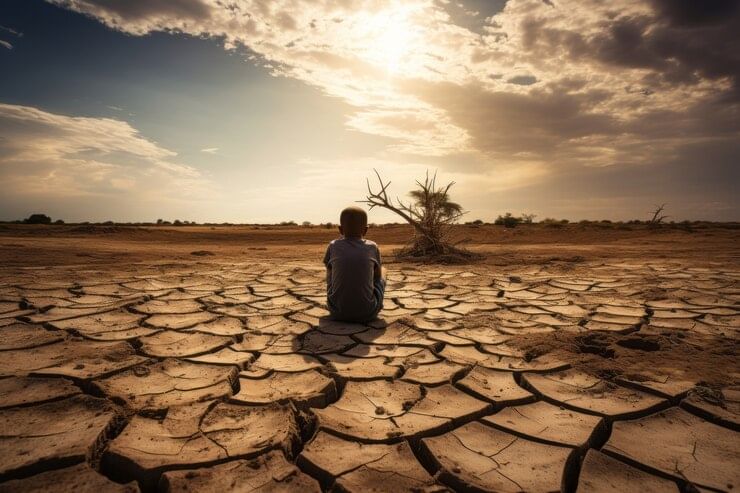[ad_1]
(Photo Credit: freepik.com)
The groundwater level will turn Punjab into a drought-prone state in the next two decades. The study report of the Central Ground Water Board has said that by the year 2039, the ground water level in Punjab will drop to 1000 feet, which has reached 450 feet today. According to the report, 78 percent of the area of Punjab has become a dark zone and only 11.3 percent of the area is safe.
The monitoring committee of the National Green Tribunal had also recently announced that by the year 2039, the ground water in Punjab will go below 300 meters. In fact, in the year 2000, the ground water in the state was available at 110 feet and after two decades, it has now reached 450 feet. The central and southern districts of Punjab – Barnala, Bathinda, Fatehgarh Sahib, Hoshiarpur, Jalandhar, Moga, SAS Nagar, Pathankot, Patiala and Sangrur – are the most affected, where the average annual rate of decline in groundwater level is 0.49 m. is estimated to
According to the block-wise groundwater resource assessment conducted by the Central Ground Water Board in 2020, the groundwater level is very high in most of the blocks in all the 14 districts of Malwa region except Sri Muktsar Sahib district. It also includes 75 villages of Sangrur, Malerkotla and Barnala districts.
According to the status of the entire Punjab presented in the board’s report, 109 blocks i.e. about 78 percent of the area have been unnecessarily misused of ground water and this area has become a dark zone. Apart from this, the ground water situation remains critical in 4 per cent of the area and the level has fallen by 400 to 500 feet. 6.7 percent of the state’s area is where the ground water table has gone below 300 feet.
The lack of canal irrigation system was blamed
A study conducted by the Punjab Agricultural University attributed the decline in groundwater levels to dependence on tube wells and lack of canal irrigation systems. According to the report, there were about 190,000 tubewells in Punjab in 1970-71, which increased to 10.38 lakh by 2011-12 after the availability of free or subsidized electricity. In 2020, their number has risen to nearly 24 lakh, while farmers now have to dig boreholes 500 feet deep to install tubewells. Currently, 72 percent of Punjab’s land is irrigated through tube wells and the remaining 28 percent through canal water.
We only have 16 years left: Sechewal
Rajya Sabha member and environmentalist Balbir Singh Seechewal says that there is no reduction in misuse of ground water in Punjab and we have only 16 years left. The situation is very critical. It has to be stopped otherwise no one can stop Punjab from being destroyed. The state government has decided to increase the irrigated area from 30 to 70 percent using canal water, which will reduce groundwater withdrawal for irrigation.
Apart from this, the government is promoting laser level irrigation to tackle this problem and subsidies are being given to farmers for installing drip and sprinkler irrigation systems. Earlier, a large part of the canal water was rarely used for irrigation as the entire canal water could not reach the fields due to poor construction and neglect of the distributors. The Aam Aadmi Party government has taken steps to improve this situation and the work of bringing canal water to farmers’ fields has been started.
[ad_2]
